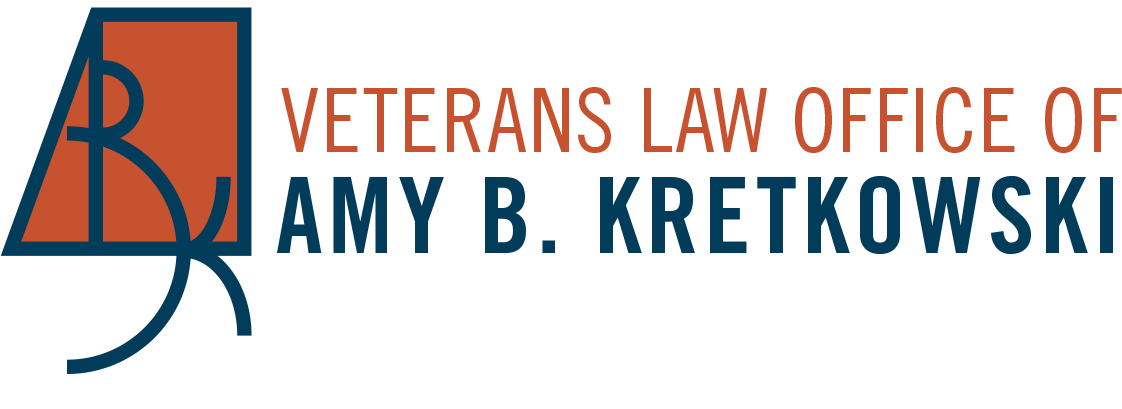Manzanares v. Shulkin, 863 F.3d 1374 (Fed. Cir. July 19, 2017)
HELD: A claim for an increased rating for a service-connected condition does not automatically include a claim for service connection for a secondary condition related to that original condition. The effective date for the grant of service connection for the secondary condition is the date VA receives the claim for that condition.
SUMMARY: Veteran Martha Manzanares was service connected for stress fractures of both ankles, rated 0%. In February 2006, she submitted a request for an increased rating and was granted 10% for each ankle, effective the date of her request. In April 2007, she filed a timely Notice of Disagreement, as well as a claim for service connection for a back condition, secondary to her ankles.
The RO granted service connection for the back, effective April 2007, the date of her claim. She appealed to the Board, arguing that the effective date should be February 2006, pursuant to 38 C.F.R. § 3.156(b), which states that “[n]ew and material evidence received prior to the expiration of the appeal period . . . will be considered as having been filed in connection with the claim that was pending at the beginning of the appeal period.” The Board denied the earlier effective date, stating that the effective date for service connection is the later of the date VA received the claim or the date entitlement arose. Because she filed her claim for secondary service connection for her back in April 2007, that is the correct effective date for the grant of benefits.
The CAVC affirmed the Board’s decision, finding no error in the Board’s determination that the secondary service-connection claim for her back condition was not part of the increased-rating claim for the ankles and was not filed until April 2007. The Federal Circuit agreed.
Ms. Manzanares argued that she was entitled to a February 2006 effective date based on two regulations – 38 C.F.R. § 3.156(b) (regarding new and material evidence, quoted above) and § 3.310(a), which states that “[w]hen service connection is . . . established for a secondary condition, the secondary condition shall be considered a part of the original condition.”
The Federal Circuit found that these arguments were an attempt to avoid its prior holding in Ellington v. Peake, 541 F.3d 11364, 1369 (Fed. Cir. 2008), which determined “that § 3.310(a) does not mean that primary and secondary conditions receive the same effective date.” In that case, the Court stated that it would be illogical to require the same effective date for primary and secondary conditions – since “secondary conditions may not arise until years after the original condition.” Ellington, 541 F.3d at 1369. Ellington essentially held that “secondary service connection is not part of a primary claim for service connection” – and the Court found that this holding applied to the present case, emphasizing that § 3.310(a) “speaks in terms of conditions, not claims.” (emphasis in original).
The Court added that there was nothing in the regulatory history of 38 C.F.R. § 3.310(a) that “suggests that secondary service connection is part of a claim for primary service connection or one for increased rating for a primary condition.” The Court thus held that “§ 3.310(a) does not make a claim for secondary service connection part of the primary service connection claim.”
FULL DECISION


